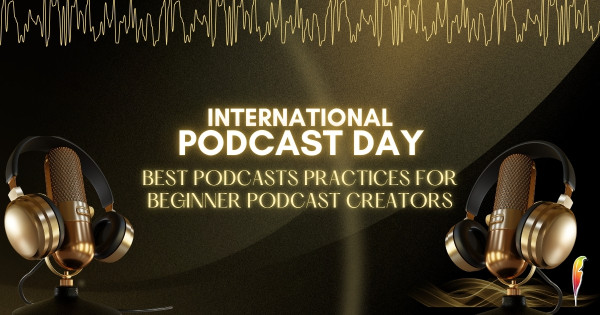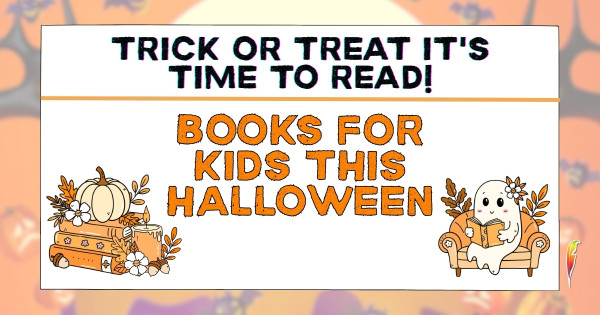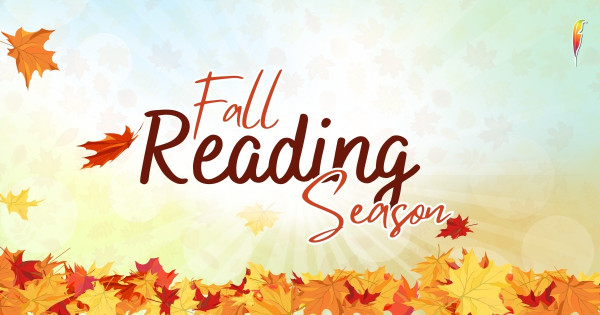
International Podcast Day
Let’s embark on a journey of storytelling!
Explore the power of podcasts to shape conversations and ignite creativity around the globe.
The idea for International Podcast Day started in 2013, and by 2014, it became a reality in the United States as National Podcast Day. The excitement and passion for podcasts quickly spread worldwide. Since then, September 30th has become a day to connect with podcasters, share stories, and even start your podcast. This day is an excellent opportunity to promote the growing medium of podcasts and the technologies that support it. Around the world, people tune in to their favorite podcasts to stay updated on the latest news, technology, entertainment, and more.
Opportunity may be just a microphone away. Do you have insights to share or stories that deserve an audience? Perhaps your life is too interesting to keep behind closed doors; it’s time to bring it to the world through a podcast. And don’t forget to shout out to your favorite podcasters—let them know you’re listening and how much you appreciate their work!
Best Podcast Practices for Beginner Podcast Creators
Define and research your audience
Knowing your audience is essential for tailoring your content to their interests and values. As a podcast creator, if you’re unsure who your audience is, it can be challenging to curate relevant content. Choosing the right concept for your podcast is crucial for attracting the right listeners and staying committed to your show. Start by defining your audience: who are you creating this podcast for? Is it educational, entertaining, or both? Analyze what you do best to serve their needs effectively.
Invest in good-quality podcast equipment
You don’t need expensive equipment to achieve great audio quality; many popular podcasts use basic setups. Essential podcasting gear may include:
A Quality Podcast Microphone – A good mic significantly enhances your audio and simplifies editing. Less background noise during recording means less editing work later on.
Dynamic vs. Condenser Microphones – Dynamic microphones are ideal for podcasting as they handle lower frequencies and have less sensitivity, making your editing process easier with minimal background noise. On the other hand, condenser microphones are more sensitive and capture a wider range of frequencies, which is great for music but not always ideal for spoken word recordings.
XLR vs. USB Microphones – Podcast microphones come with two types of connections: XLR and USB. XLR mics offer maximum flexibility and longevity, but they require an interface or mixer, which can be costly for beginners. In contrast, USB microphones are more affordable and plug directly into your computer, making them practical for solo podcasters. You can also use them with an interface for group recordings. USB mics deliver excellent sound quality and are often the best choice for most podcasters.
Create a narrative for each episode
Creating a narrative for each episode requires some preparation upfront.
Curate a Podcast Outline – One of the most common mistakes new podcasters make is rambling. To combat this, consider writing a podcast script or outline. Even spending a few minutes jotting down bullet points can significantly enhance the flow of your episode. If you’re working with a cohost, be sure to share the outline so you can collaborate effectively.
Choose an Ideal Recording Space – Whenever possible, record in a quiet room filled with furniture, curtains, rugs, or carpet. These soft surfaces help absorb sound and minimize echo, as noise tends to bounce off hard, flat surfaces. You can also enhance your space by adding foam panels to the walls for improved acoustics.
Set Up Your Recording Equipment and Software – Connect your microphone to your computer or audio recording device. For USB mics, simply plug the cable into your computer’s USB port. If you have multiple hosts, connect each mic to an audio interface. For XLR mics, connect the cable to a USB interface or an external audio recording device. Once everything is connected, open your audio editing software and select the appropriate audio input in the settings.
Practice good recording techniques
Microphone Technique – Position your mouth 2 to 4 inches from the microphone for the clearest sound, though the ideal distance may vary depending on your mic. If you encounter excessive plosives or harsh sibilance, try adjusting your angle to the microphone to reduce these issues. Position your mic to the side, angled slightly toward your mouth. This setup helps prevent bursts of air from hitting the capsule, resulting in more natural audio.
Record Test Track – Record yourself speaking at a consistent volume from various positions. Then, listen to the playback to determine which position offers the best audio quality. Don’t stress over mistakes, stammers, or pauses—you can edit those out later.
Write compelling titles and show notes
Crafting compelling titles and show notes is essential for grabbing your audience\'s attention and creating a strong hook. Invest time in writing engaging titles and concise show notes that leave listeners wanting more. Keep it simple and get to the point quickly; avoid unnecessary words. Large blocks of text can be off-putting, and if your notes are hard to digest, listeners are likely to move on to something else.
Record an intro and outro
First and foremost, let your audience know what your podcast is about and the value it offers. A compelling intro should hook listeners and encourage them to stay for the entire episode, leaving them wanting more. Your intros and outros can be as creative as you like, but most shows typically feature a brief voiceover set against background music. Intros should last around 30 seconds but no longer than a minute. They should include the podcast\'s name, a brief overview of the show, and an introduction to the host. The outro serves as a transition from the episode\'s topic, allowing you to wrap up and cover any podcast takeaways. This is your chance to conclude the episode and encourage listener engagement, so make it memorable and impactful!
Promote your podcast using snippets
Promoting your podcast with snippets is a creative way to market it. Consider creating visually appealing video snippets for social media, hosting contests or giveaways, and leveraging influencer partnerships. Engaging with niche online communities, repurposing podcast content into blog posts, and using audiograms can also help attract new listeners.
Our Top Podcasts to Inspire Your Journey as a Creator
Immerse yourself in our influential podcasts, which can serve as an example and help you start your journey as a podcast creator.
An Afternoon with Dr Frank Alabiso
Delve into this captivating podcast episode, ‘An Afternoon with Dr Frank Alabiso.’ In this podcast, Frank provides a detailed account of his influential memoir, ‘Lillian: A True Story of Multiple Personality Disorder.’ He offers insights into what multiple personality disorder is, the difference between the conscious and unconscious mind, and what we can learn from Lillian’s story. Frank Alabiso, Ph.D., is a licensed psychologist with more than forty years of experience conducting child custody evaluations and working with divorced parents and children. You can learn how to interact with your guests and ask them influential questions related to their contributions to the respective field.
An Afternoon with Xavier Reyes-Ayral
‘An Afternoon with Xavier Reyes-Ayral’ This captivating podcast features our brilliant author Xavier and offers insights into his spiritual book Revelations. Xavier Reyes-Ayral is a French author who has worked since the 1990s on Marian apparition sites through books he published in France, Germany, and Italy. The questions asked by the host reveal the guest’s inspiration behind writing this book. Moreover, this podcast is divided into segments to make it easy and engaging for listeners to get know-how of what will be discussed further and what content will be featured in this podcast. You can also pay attention to the fact that the voice is clear to avoid any distractions or inconvenience and to understand what the guest is saying. Most importantly, let your guest speak and avoid cutting their talk in between so that they can express their thoughts well.
Celebrate International Podcast Day as a fantastic opportunity to connect with fellow podcasters, listeners, and industry leaders. Spread the word by sharing the celebration with friends, on your podcasts, and across your social media channels. There are numerous ways to get involved and plenty to gain from participating in this special day. Enjoy podcasting!
Connect with Austin Macauley Publishers for more such blogs, and submit your manuscript if you want to publish your work. You can also make a quick and easy submission through the online submission form. You can stay updated with our new releases and activities by joining our family of authors and readers on Facebook, X, TikTok, and Instagram.
We use cookies on this site to enhance your user experience and for marketing purposes.
By clicking any link on this page you are giving your consent for us to set cookies



